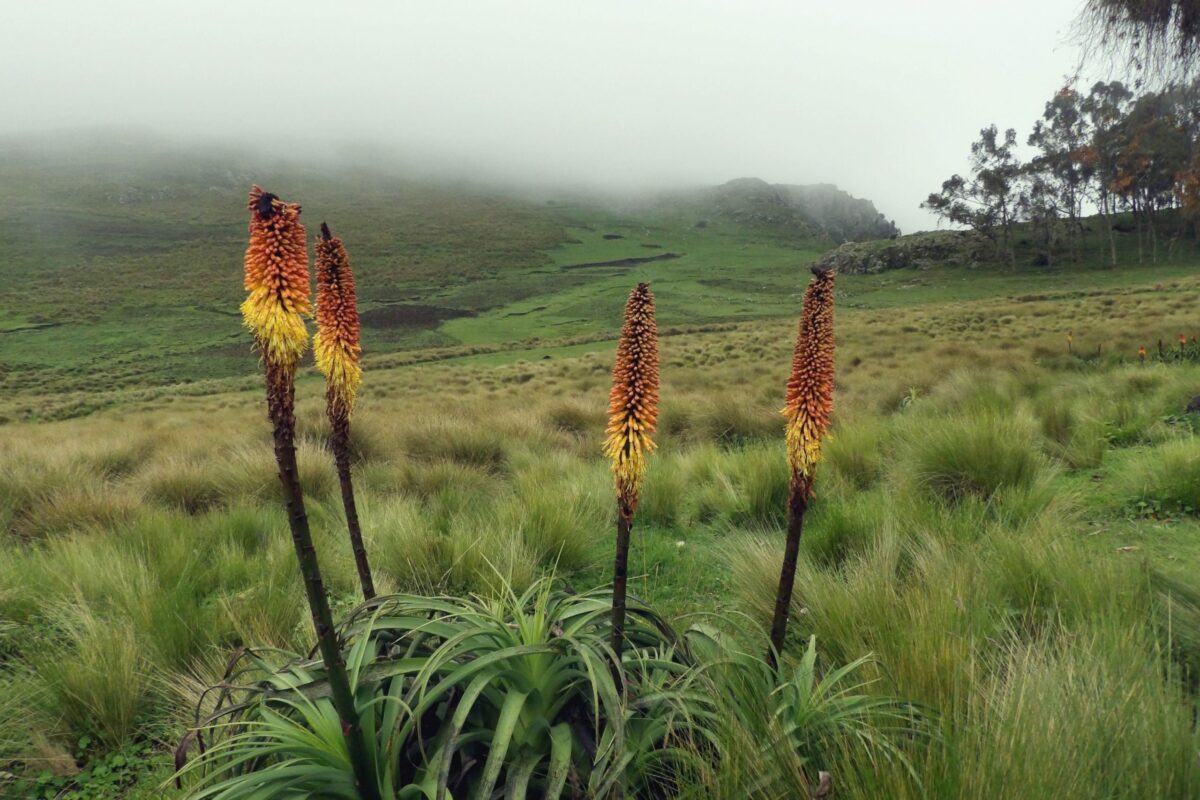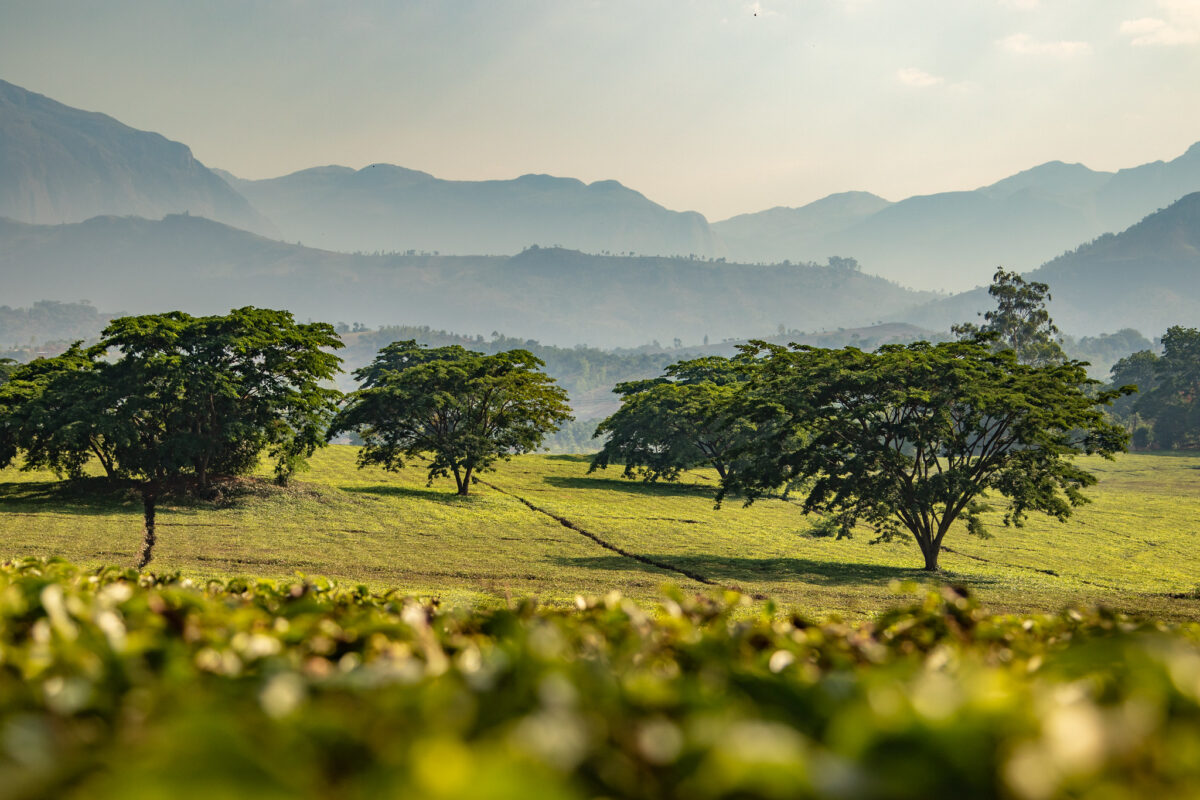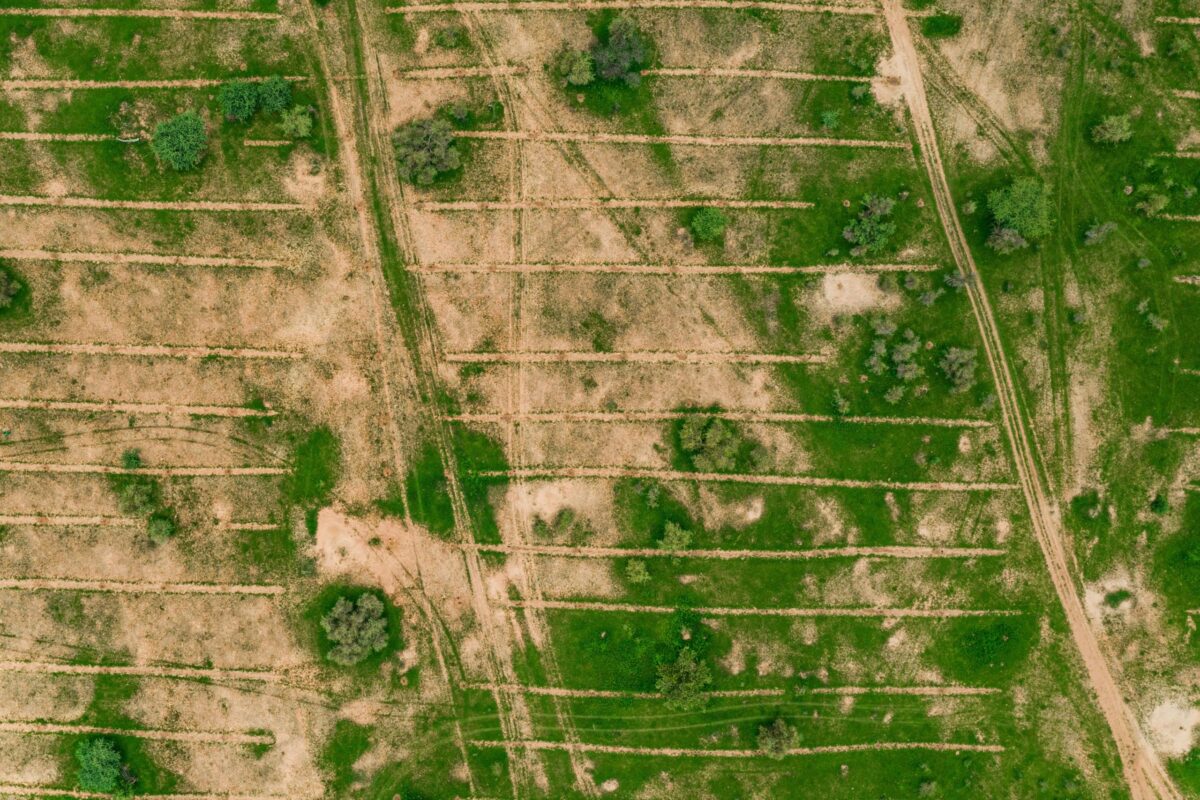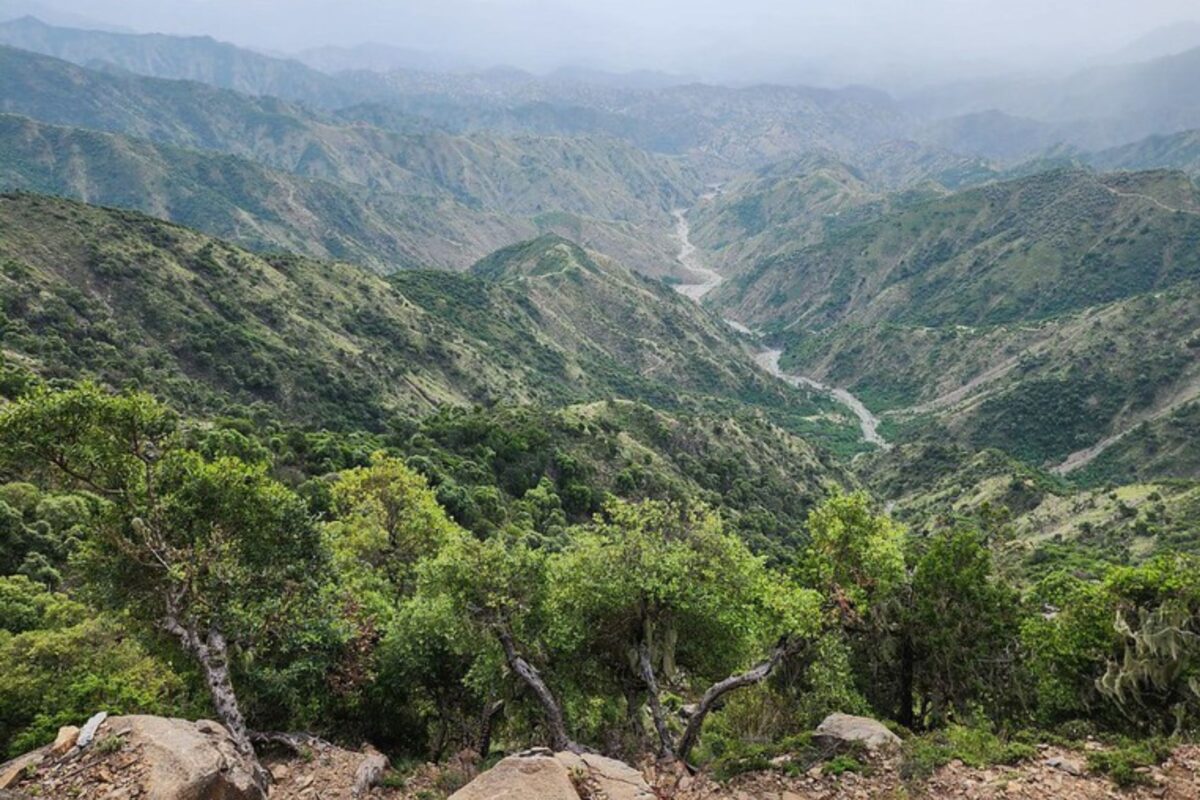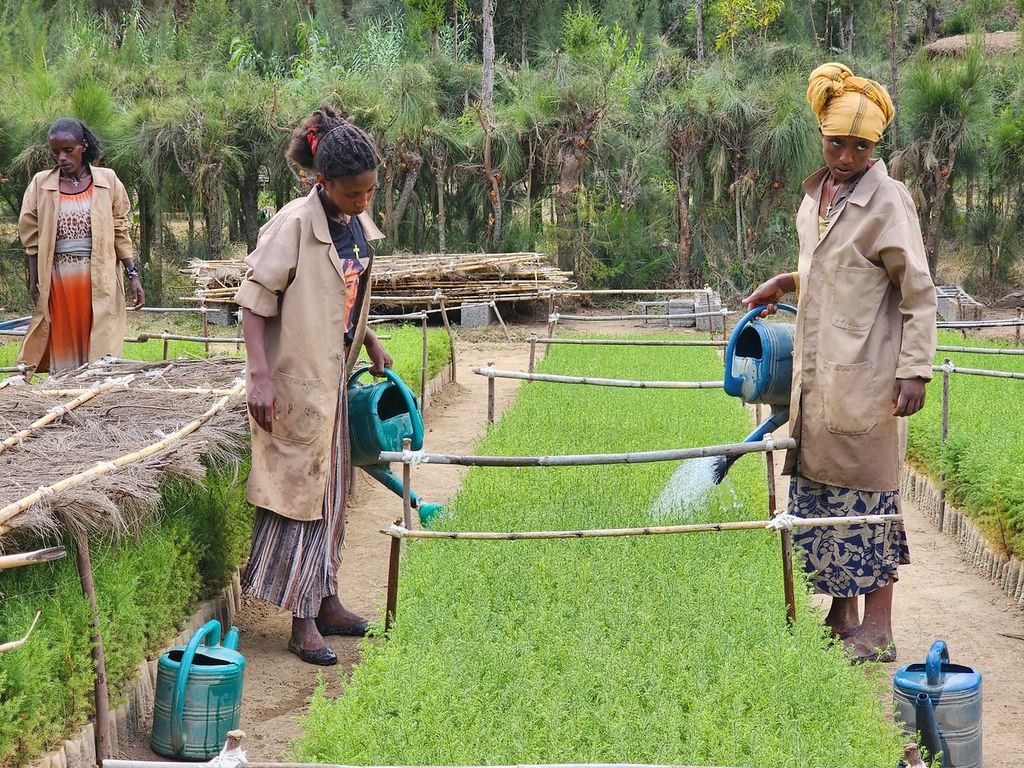Agriculture in Brazil is one of the main pillars of the economy: 25% of the GDP over the past two decades was made up by agriculture and animal husbandry. Furthermore Brazil is the fourth largest food producer in the world and ranks as the number one crop producer (such as soy, sugarcane and maize). However, it seems like these numbers go hand in hand with Brazil being a large deforester.
Between 2010 and 2015, Brazil deforested an area of 9.840 km² (equal to the size of Puerto Rico, and 50% more than the second largest deforester, Indonesia) and when looking even further back into history, since 1985 Brazil alone has lost an area of more or less 263.000 km² (the size of New Zealand). Though there was a short slow-down in the deforestation rate in 2008, the speed picked up again since 2014, and is expected to only continue to rise. These deforestation and agricultural activities combined make up for half of Brazil´s carbon emissions, which are currently so high that the country is ranking as the 6th largest carbon emitter in the world.
A higher demand for food production
To cut down these emissions, it seems logic that Brazil would have to halt agricultural productivity and increase reforestation. There is just the issue of the increasing world population and with this, the increasing food consumption which is expected to rise from 60% to 110% over the next thirty years. Looking at this, you’d say that we’d actually have to increase agricultural production, and thus deforest more land. Or not? First of all, several studies have shown that the collapse of the Amazon water cycle could drastically reduce rainfall in other regions of Brazil, compromising agricultural activities. This means that, indirectly, deforestation lowers the food security. Furthermore, an increased emission for deforestation will boost climate change and increases the possibility of extreme climatic events such as severe droughts and floods, what could further hinder agriculture, specially for small and subsistence farmers.
High versus low productivity crops and pasture
Secondly, an increase in agricultural productivity does not necessarily justify further deforestation. For example, the highly productive crop production represents only 25% (63 million ha) of the productive area in Brazil, whereas pastures represent 75% (211 million hectares) with very low productivity. When looking at livestock, each piece of cattle in Brazil occupies on average around 1 ha (1000 m²): an area much larger than most Brazilians call as their house. Of all pastures grown, Brazil currently only uses ⅓ of the productivity of its pastures. If it rises to a feasible 1/2, already reached by other developing countries, it would free up enough area to maintain agricultural expansion without further deforestation until 2040.
WeForest works on solving the real issues
So why are there still farmers opting for low-productivity pastures you would think? Because of the low technology level needed, because of the land speculation, the insecure tenure and above all, because of the lack of long-term credit. The real answer could be in solving these issues, shifting to a higher productivity of the land currently used for pasture and eventually clearing up more space for reforestation, or at least halting the need to deforest.
WeForest works with landowners to help convert abandoned or low productivity lands into native forests that protect water and soil and provide habitat for wildlife. Furthermore do we help build tree-based production systems that produce more food and income for landowners in areas previously occupied by low-productivity pastures, and finally do we study and foment the markets for these products to improve farmer income.


